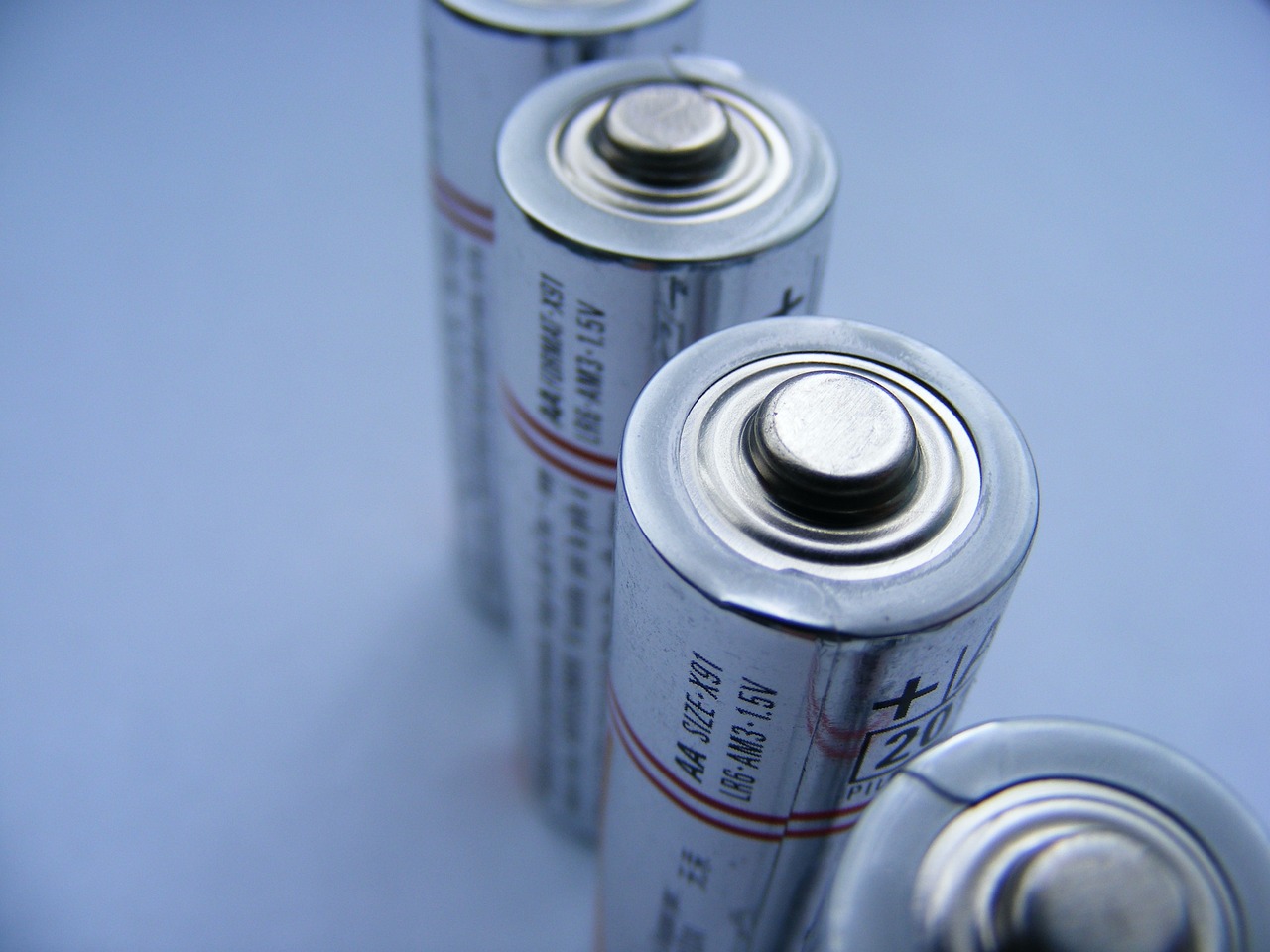
This post is also available in:
 עברית (Hebrew)
עברית (Hebrew)
In an escalation of its counteroffensive operations, the Armed Forces of Ukraine (AFU) have successfully targeted and destroyed a Russian Shahed kamikaze UAV storage facility. This precision strike occurred on October 10, near Oktyabrsky in the Krasnodar Territory, utilizing the R-360 Neptune cruise missile, which has recently been adapted for land strikes.
The Ukrainian Naval Forces, in coordination with the Security Service of Ukraine, executed the attack on the UAV base, which housed approximately 400 Shahed UAVs at the time. Reports from the AFU confirm a direct hit, followed by secondary detonations, indicating the complete destruction of the facility. This strike is expected to significantly impair Russia’s capacity to launch UAV attacks against Ukrainian towns and villages.
The recent operation follows the AFU’s successful destruction of a Russian Nebo-M radar station just a week prior, which had been achieved using the U.S. Army Tactical Missile System (ATACMS). The elimination of this radar capability, which is valued at over $100 million, is believed to have provided Ukraine with a strategic advantage in its operations. The AFU noted that with only ten functioning Nebo-M systems remaining, the Russian military’s ability to detect and intercept both aerodynamic and ballistic targets has been severely compromised. This situation may have facilitated the effective use of the Neptune missile in the latest UAV storage strike.
The R-360 Neptune cruise missile, originally designed as an anti-ship weapon, has undergone enhancements to extend its range to 400 kilometers and adapt it for land-target strikes. This upgraded version was first highlighted by Ukrainian President Volodymyr Zelensky in August and has already been used in multiple successful attacks, including one on an ammunition depot at Chalino military airfield near Kursk in July.
The Neptune can travel at speeds of up to 900 km/h, with operational altitudes ranging from 10 to 300 meters, dipping as low as three meters during its final approach to evade enemy defenses.
As Ukraine continues to bolster its missile capabilities, future plans reportedly include extending the range of its cruise missiles to 1,000 kilometers. This trajectory aims to enhance Ukraine’s strategic offensive options, further tilting the balance in its favor amidst ongoing hostilities with Russia.

























